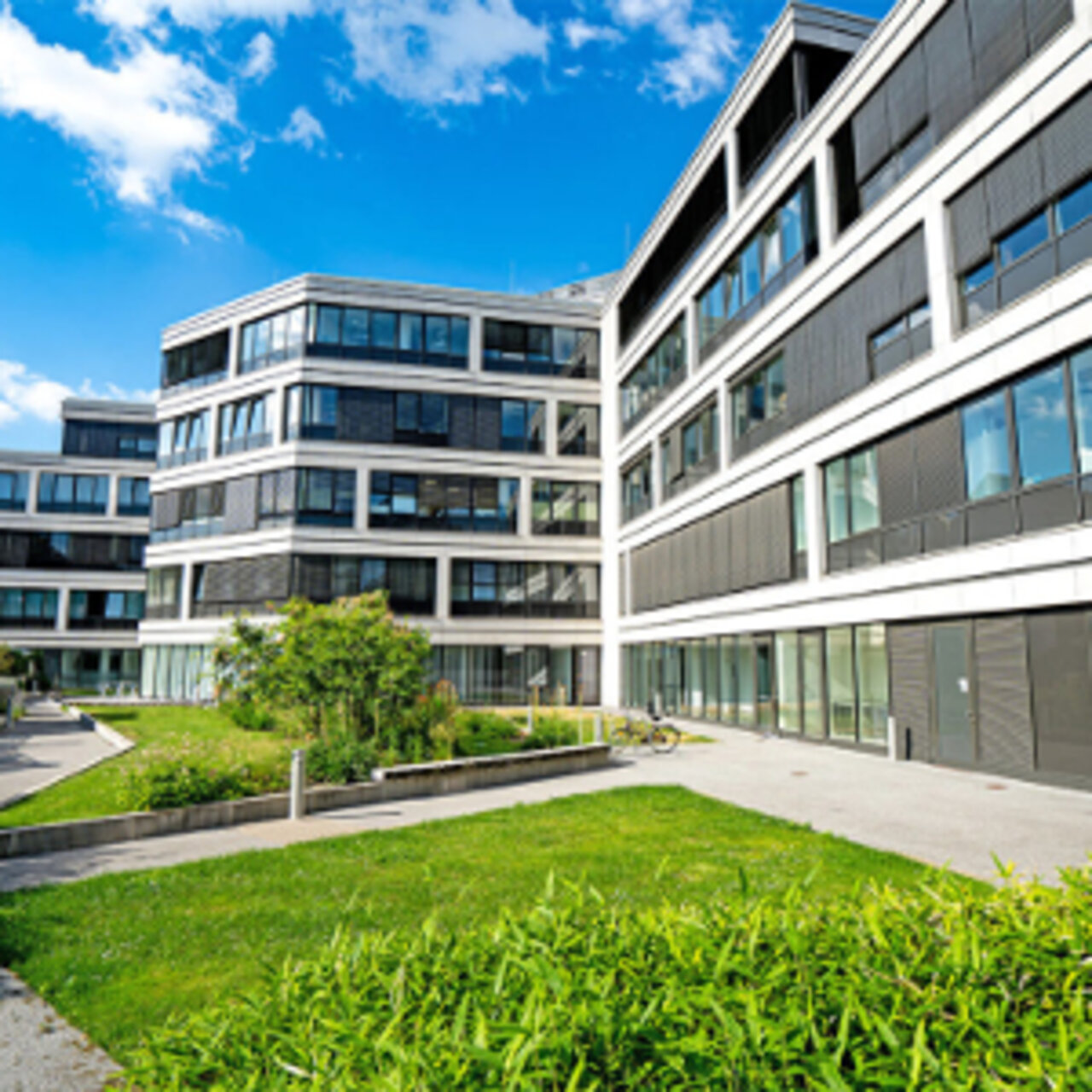Specialists in Dupuytren contracture
4 Specialists found
Information About the Field of Dupuytren contracture
What is Dupuytren contracture?
Dupuytren contracture is a chronic disease that progresses slowly and as it cannot be cured, only the symptoms can be treated.
In this process, one or more fingers flex more and more towards the palm of the hand and can no longer be stretched out properly by the patient, resulting in an impaired function of the hand. Most frequently affected are the base and middle joints of the 5th and 4th fingers. About half of the cases occur on both hands. If it only affects one hand, it is slightly more often found on the right side.
Approximately 8% of the world's population will develop Dupuytren contracture, although the disease occurs predominantly in central and northern Europe, as well as in North America. Males are affected 3-4 times more often than females. The overall risk of developing the condition increases with age.
How does Dupuytren contracture develop?
The typical symptoms of Dupuytren contracture are a consequence of benign growths of the palmar aponeurosis, a connective tissue sheath in the palm of the hand, leading to shrinkage of the palmar aponeurosis and hence to contracture of the fingers.
Dupuytren contracture belongs to the group of fibromatoses, as does plantar fibromatosis of the foot or Peyronie's disease (curvature of the penis). All of these are contractures of different body parts caused by benign growths of connective tissue aponeuroses. If you already suffer from an fibromatosis condition, there is a greater chance of developing a further one.
Dupuytren contracture is genetically determined in about 80% of cases. Others factors associated with the disease are:
- Diabetes mellitus
- Smoking
- Alcohol
- Long-term work with vibrating tools
- Epilepsy
- Liver diseases
What are the symptoms of Dupuytren contracture?
The first symptom is typically a palpable bulge in the palm of the hand. This is generally painless. It is only in rare cases, when nerves of the palm are irritated by the growths, Dupuytren contracture is accompanied by pain.
The swelling tends to harden slowly, often over the course of several years. As it shrinks, leaving visible skin contractions, it turns into a solid cord that extends toward the fingers (especially 4 and 5) and pulls them towards the palm of the hand. In the beginning it is still possible to extend the fingers, but later in the course of the disease it is not. Aggressive courses of the disease are rare, with severe manifestations developing within a few months.
The disease progression can be stopped at any point, but without surgery it cannot be reversed.
How can a the doctor diagnose Dupuytren contracture?
Dupuytren contracture is a clinical diagnosis. First, the doctor will obtain a medical history, including questions about the type and duration of symptoms, risk factors and accompanying diseases. Subsequently, the hand is examined, palpated and the range of motion of each individual finger joints has to be assessed.
Based on the extent of the stretch deficit of the most severely affected finger as well as presence of nodules in the palm, the disease is graded into five degrees of severity using the Tubiana classification.
How can Dupuytren contracture be treated?
Corticosteroid injections
Injecting corticosteroids into the nodules on the palm can help soften and shrink them, and are therefore a treatment option in the early stages of the disease.
Collagenase injection
Collagenase is an enzyme that can be injected into the contracture to soften it. In the week after the injection, special hand exercises are performed to achieve finger extension. Ideally, this can reduce, or even eliminate, the symptoms for several years.
Radiotherapy
In early stages of the disease, radiation therapy can slow down or stop the progression of the disease.
Needle fasciotomy
This minimally invasive surgical procedure can be done in normal practice rooms, will not cause scarring, and has a short recovery time. Using local anesthetic agents, the stiffened strands of connective tissue are weakened by multiple needle punctures to the point where they can subsequently be torn apart.
Partial fasciectomy
For this surgical procedure, an axillary plexus block (numbing the nerves that carry pain impulses from the hand to the brain by injection of a local anesthetic into the axilla) or general anesthesia may be employed. It involves opening the skin on the palm and excising the affected parts of the palmar aponeurosis. It should be followed by ergo- and physiotherapy. In advanced Dupuytren contracture, this treatment may be the only promising option.
Course and chances of cure
Left untreated, Dupuytren contracture will not regress, but may continue to progress to the degree that it becomes impossible to use the affected hand normally.
Since the disease is not curable, relapses may occur irrespective of the choice of treatment option. However, surgery can often provide a symptom-free interval of several years.
As with any surgical intervention, surgical treatment options for Dupuytren contracture have risks. Among these are continued numbness at the site of the skin incision, edema, or chronic regional pain syndrome (CRPS). Overall, complications of partial fasciectomy occur in approximately 17% of cases. With less invasive therapies, complications are less common.
Which doctors and clinics specialize in Dupuytren contracture?
Diagnosis and treatment of Dupuytren contracture should be carried out by a specialist for orthopedics, preferably with additional qualification in the field of hand surgery. It is recommended to have ergotherapy and physiotherapy as well, according to the stage of the disease.
If you're in need of a doctor, you expect the best medical care possible. So of course patients are curious to find out what clinic to go to. As there is no objective way to answer this question and a legitimate doctor would never claim to be the best, patients must rely on a doctor's experience.
Let us help you find an expert for your condition. All listed doctors and clinics have been reviewed by us for their outstanding specialization in the field of Dupuytren contracture and are looking forward to your inquiry or wish for treatment.
Sources
- Mike Ruettermann, Robert Michael Herrmann, Karl Khatib-Chahidi, Paul M. N. Werker: Morbus Dupuytren - Ätiologie und Behandlung. In: Deutsches Ärzteblatt, 19. November 2021, Jahrgang 118, Heft 46, S. 789–794
- www.mayoclinic.org/diseases-conditions/dupuytrens-contracture/symptoms-causes/syc-20371943
- C. D. M. Fletcher, K. K. Unni, F. Mertens: Pathology & Genetics: Tumours of Soft Tissue and Bone. IARC Press, Lyon, Frankreich 2002
- flexikon.doccheck.com/de/Dupuytren-Kontraktur
- www.dupuytren-online.de/




